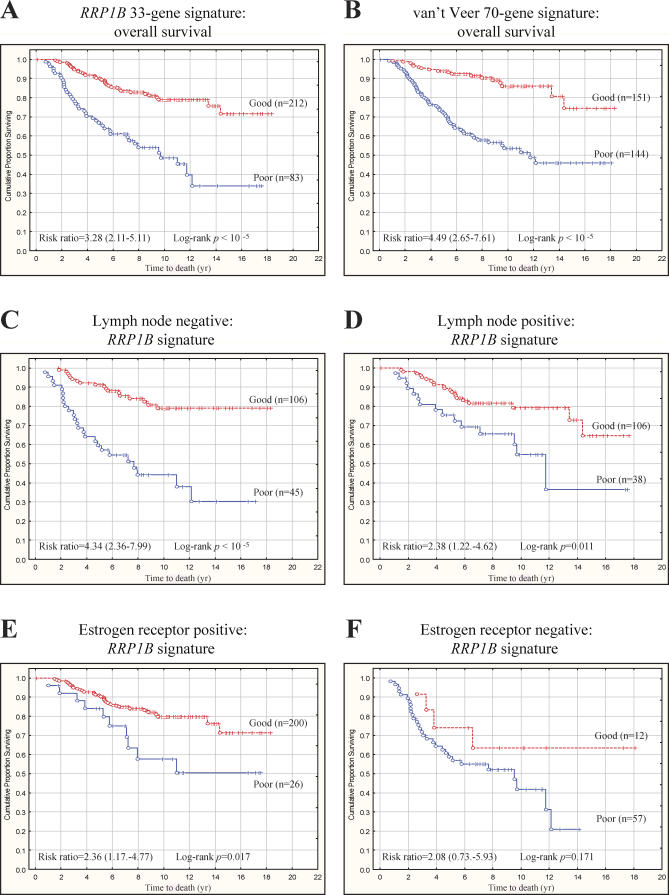Figure 4. The RRP1B Microarray Expression Signature Predicts Survival into Good and Poor Outcome Groups Based on Tumor Gene Expression.
(A) The RRP1B signature was highly predictive of overall survival in the Dutch Rosetta dataset, with the cumulative proportion survival being estimated to be 72% versus 34% for the good and poor prognosis RRP1B signatures, respectively (RRP1B signature HR = 3.28, 95% CI = 2.11–5.11). (B) Indeed, it appears that the RRP1B signature possesses a similar ability to predict survival in this dataset than the 70-gene signature described by van't Veer et al. [10]. Specifically, the survival for the good and poor prognosis 70-gene signatures were estimated to be 73% versus 47%, respectively (70 gene signature HR = 4.49, 95% CI = 2.65–7.61). (C) To stratify patients more adequately based upon their disease characteristics, RRP1B signature gene expression was examined with respect to tumor LN and ER status. Overall survival in the Dutch Rosetta patients with negative LNs was 79% versus 30% for the good and poor prognosis RRP1B signatures, respectively (HR = 4.34, 95% CI = 2.36–7.99). (D) Similarly, the RRP1B signature could sub-stratify patients with positive LNs into good and poor prognosis groups, with survivals being 65% versus 37%, respectively (HR = 2.38, 95% CI = 1.22–4.62). (E) A similar stratification effect by tumor RRP1B signature gene expression was observed in patients with ER positive tumors, with an overall survival in patients with ER positive tumors being 72% versus 50% for the good and poor prognosis RRP1B signatures, respectively (HR = 2.36, 95% CI = 1.17–4.77). (F) However, it did not prove possible to stratify patients with ER negative tumors based upon their RRP1B expression signature. This likely reflects the lack of individuals with this disease subtype in this cohort.

